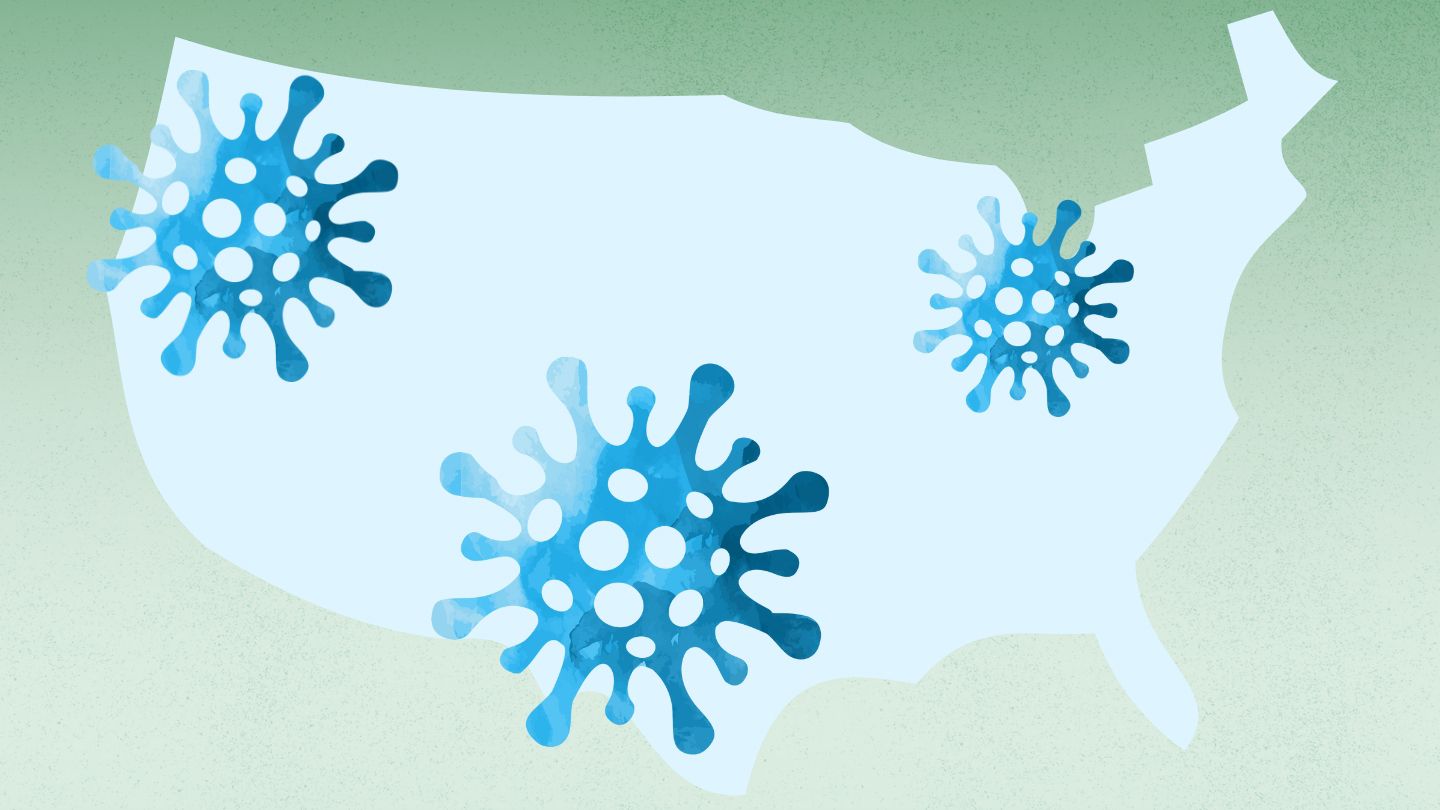Now there’s a new one: NB.1.8.1.
NB.1.8.1 COVID Variant Could Fuel Summer Surge
But experts think the new variant may lead to an escalation in U.S. cases in the weeks ahead, according to Amy Edwards, MD, an assistant professor at the Case Western Reserve University School of Medicine in Cleveland who specializes in pediatric infectious diseases.
“There have been late spring or summer surges in past years, and this variant could push one this year,” says Dr. Edwards.
On a positive note, public health officials are not expecting a rise in severe illness due to this mutation, despite reports of more hospitalizations in Asia.
The WHO reports that routine clinical surveillance does not indicate any signs of increased severity associated with NB.1.8.1 compared with previously circulating variants.
Vaccination Provides Protection Against NB.1.8.1
Based on all the preliminary information about NB.1.8.1, vaccination should continue to protect people from severe illness even if the virus is more transmissible, says Mark Rupp, MD, a professor in the division of infectious diseases at the University of Nebraska Medical Center in Omaha .
“NB.1.8.1 is from a lineage of omicron, so we expect that it is related closely enough to variants targeted by the current vaccine and the vaccine proposed for the coming season,” says Dr. Rupp.
He suggests that keeping up with vaccination can help limit the severity and spread of illness.
“These spikes of activity with the virus usually correspond with a new variant that’s more transmissible and a period of time when people’s immunity has waned so they are more susceptible to the virus,” says Rupp.
He adds that it’s important for vaccines to remain widely available and reimbursed by insurance plans — particularly for people who are at high risk of severe illness and who want to do what they can to protect themselves.
What Are the Symptoms of NB.1.8.1?
Symptoms of infection from the latest variant appear to be the same as previous iterations of the virus, according to Rupp. These include:
- Nasal congestion or runny nose
- Sore throat
- Fatigue
- Headache
- Cough
- Muscle or body aches
- Fever or chills
- Nausea or vomiting
- Diarrhea
- New loss of taste and smell
- Shortness of breath or difficulty breathing
If you’re showing signs of illness, Edwards recommends taking measures to prevent spreading it to others — such as staying home, wearing a mask, and avoiding crowded venues — especially for those who are most vulnerable.
“COVID is never going away,” says Edwards. “We need to do what we can to protect ourselves and others from this and other major respiratory illnesses.”
Read the full article here




